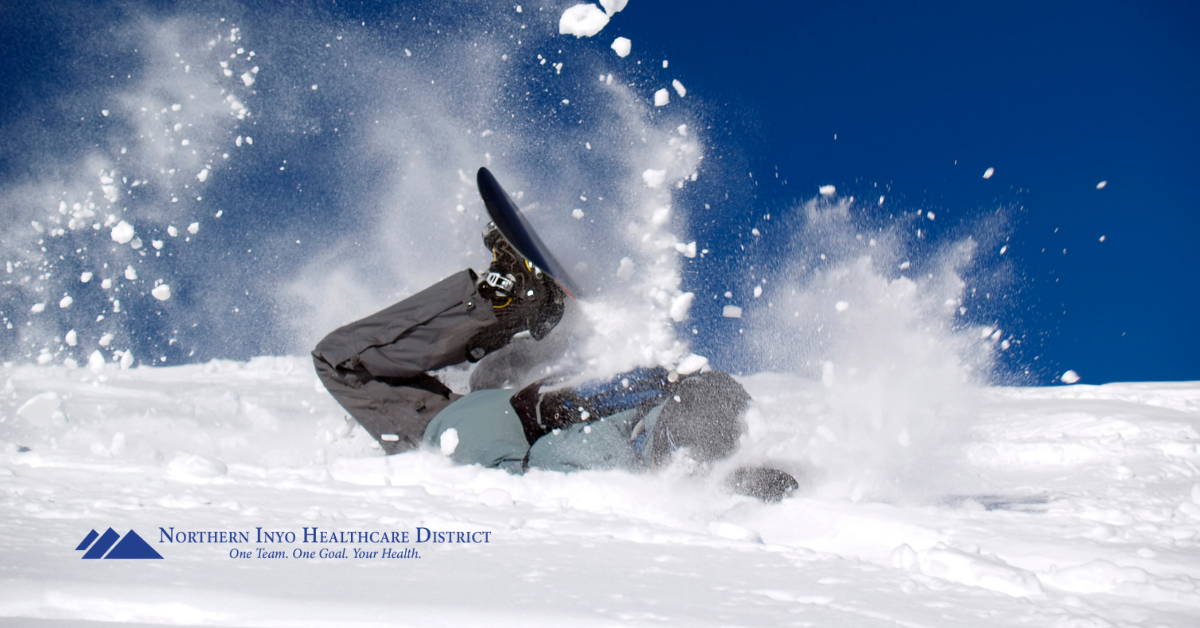Most Common Winter Sporting Injuries
- Category: Blog
- Posted On:

Staying Safe this Winter
With the Winter season in full swing, millions of people hit the slopes to enjoy their favorite winter activities. Whether you’re an Olympic athlete or you like to play sports to stay active, injuries can happen to anyone regardless of their skill level—making it important to keep these injuries in mind as you head out into the snow this winter.
Concussion
While many people believe that you can only get a concussion while playing contact sports, you can sustain this type of injury while playing any sport. A concussion is a mild traumatic brain injury (TBI) that is brought on by a hit to the head or body that causes the brain to bounce or twist in the skull. Although concussions are considered “mild,” they are still serious injuries as they can cause extensive damage if left untreated.
Common signs and symptoms that you may have sustained a concussion include:
- Inability to remember events right before or right after their accident.
- Forgetting newly learned information or instructions
- Clumsy movements
- Loss of consciousness
- Behavioral changes
- Headache
- Nausea or vomiting
- Light sensitivity
- Feeling sluggish or foggy
- Trouble concentrating
Sprained Ankle
When you sustain a sprained ankle, this means that the supportive ligaments in the ankle have been overstretched or torn. Depending on the extent of the damage done to these ligaments, sprains can range from being mild to severe.
Signs and symptoms of a sprain include:
- Swelling
- Bruising
- Tenderness to touch
- Instability of the ankle
Dislocated Shoulder
While the shoulder is the most mobile joint in your body, it is also easy to move out of alignment. When it comes the shoulder, there are two different types of dislocations:
- A partial dislocation: The head of the upper arm is partially out of the socket.
- A complete dislocation: The head of the upper arm is completely out of the socket
Both partial and complete dislocations are considered medical emergencies and should be addressed immediately. If you display any of the following symptoms, you should see a doctor as soon as possible:
- Arm weakness
- Numbness of the shoulder or upper arm
- Bruising around the shoulder
- Visual deformity
- Swelling and inflammation
Broken Bones
Your bones are made up of strong and resilient materials that are able to “give” when external force is applied. However, when too much force is applied to the apple, your bones can break. There are several different types of fractures:
- Stable fracture: The broken ends of the bone are aligned and hardly out of place.
- Open, compound fracture: The skin may be either pierced by the broken bone or broken from the accident itself.
- Transverse fracture: The broken bone has a horizontal fracture.
- Oblique fracture: The broken bone has an angled fracture.
- Comminuted fracture: The broken bone is broken into 3 or more pieces.
Common signs and symptoms of a broken bone include:
- Swelling and inflammation
- Tenderness to touch
- Bruising
- Visible deformity
Orthopedic Care in Bishop, CA
At Northern Inyo Healthcare District, our team of orthopedists take a holistic approach to care, focusing on you as a whole person rather than specific symptoms or conditions. Whether you’re suffering from aches and pains or mobility issues, we’re here to help improve your quality of life.
For more information about the orthopedic services at Northern Inyo Healthcare District or to schedule an appointment, call (760) 873-2605.


